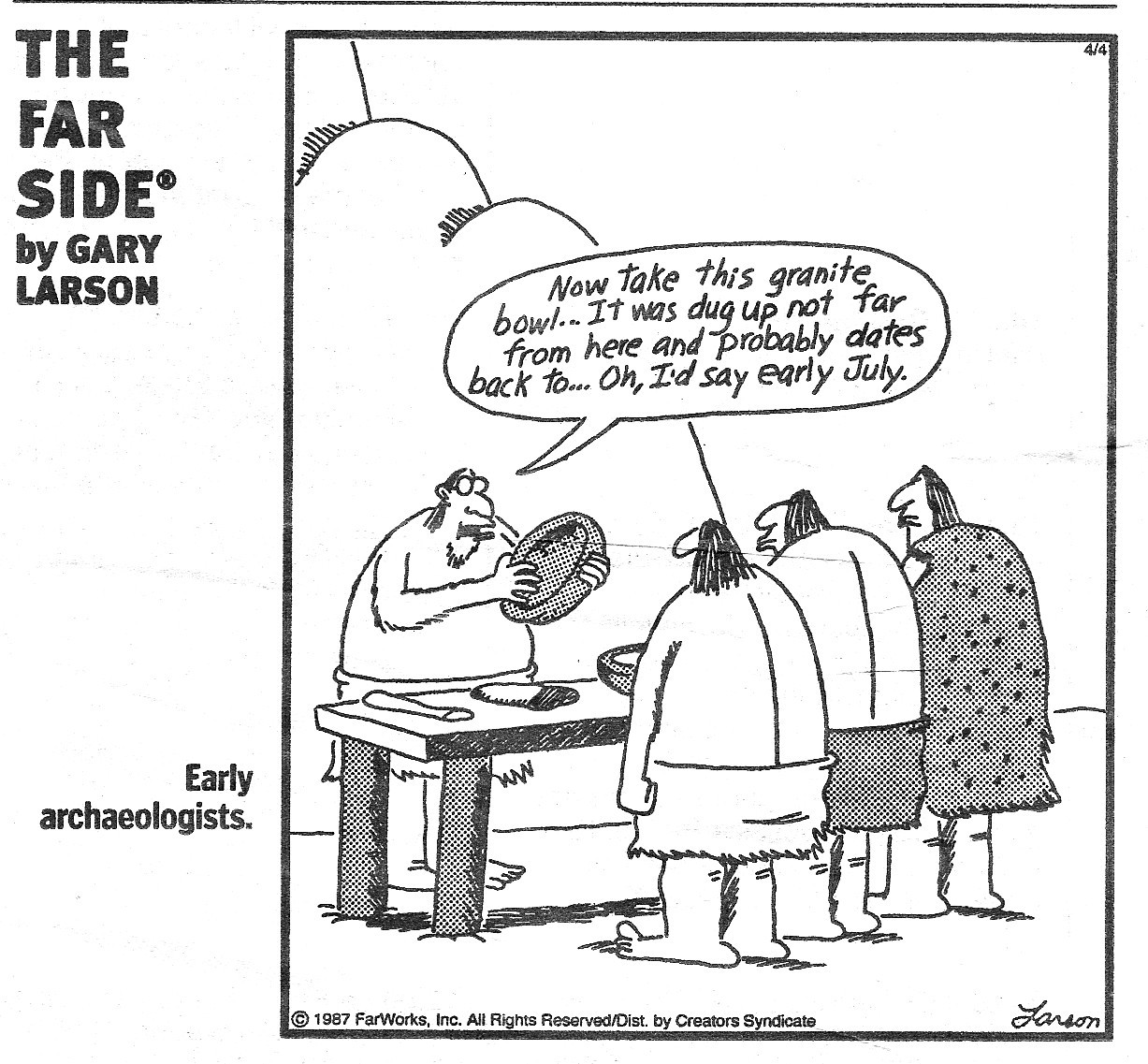
Posted on 09/27/2024 8:04:53 PM PDT by Red Badger
Ash was discovered in a South African cave, and this indicates that humans were cooking with fire one million years ago. This is the earliest use of fire but experts say that more proof is needed to conclude that humans were cooking with fire regularly.
Francesco Berna, an archaeologist, at Boston University in Massachusetts, and his team found ash that was composed of burnt grass, leaves, brush, and bone fragments in sediments 30 meters deep inside Wonderwerk Cave, in Northern Cape, South Africa. This cave is one of the oldest known sites of human habitation and shows traces of having been lived in from almost two million years ago.
For now, it’s impossible to say for certain which species of hominin inhabited the cave one million years ago, but clues indicate that it was probably Homo erectus. The ash was well preserved and has jagged edges, implying that it was not burned elsewhere or blown into the cave, which is usually indicated by worn edges.
There were no traces of bat guano, which led the researchers to conclude that the fire was created by hominins and not started inadvertently by nature. They published their findings in the journal Proceedings of the National Academy of Sciences.
The first humans used cooking to make food easier to chew and digest. This allowed them to get more energy from the same amount of food, and spend less time foraging. It has been difficult to pinpoint the exact period when humans made this leap.
Evidence of burning is quickly and easily destroyed by erosion. Other burned remains have been dated 1 million to 1.5 million years ago, in Swartkrans in South Africa, and 700,000 to 800,000 years ago in Gesher Benot Ya`aqov but both of these sites were exposed, implying that lightning could have ignited these fires. This would have been impossible in the Wonderwerk Cave.
The earliest unequivocal evidence for fire-making, cooking, and hearths dates back 400,000 years. Further searches are needed to prove that hominins used fire in this way to equivocally conclude that fire was in use one million years ago.
Reference:
“Microstratigraphic evidence of in situ fire in the Acheulean strata of Wonderwerk Cave, Northern Cape province, South Africa” by Francesco Berna, Paul Goldberg, Liora Kolska Horwitz, James Brink, Sharon Holt, Marion Bamford and Michael Chazan, 2 April 2022, Proceedings of the National Academy of Sciences.
DOI: 10.1073/pnas.1117620109





What were those ancient Haitians barbecuing?
Each other.................
Ever since the sediment caused by the eruption of Mt.St. Helens was carbon dated to millions of years ago, I simply do not believe carbon dating is anywhere near accurate.
Since carbon dating only works back to about 50000 years, what you described has never happened.
Thanks Red Badger.
PINGGG!.................
My mistake. Should have said radioisotope dating.
Here’s an interesting article on the subject -—
https://www.icr.org/article/doesnt-radioisotope-dating-prove-rocks
Better late than never.....History never gets old......... 😁
Cooking meat probably came from the very beginning, whatever that was. If people came across an animal that failed to outrun a fire they’d likely try to salvage it. They’d make the connection pretty quick.
Carbon dating is only valid for less than 50,000 years - there are other methods of dating past the 50,000 year mark. Like for volcanic eruptions argon 49 decay test.
Anyone who claims to use carbon dating is putting you on.
Dating ancient sediment involves using radiometric methods based on the natural radioactive decay of certain elements such as potassium and carbon. Geologists also use other methods - such as electron spin resonance and thermoluminescence.
Kind of reminds me of how democrats vote.
See my post 14.
Disclaimer: Opinions posted on Free Republic are those of the individual posters and do not necessarily represent the opinion of Free Republic or its management. All materials posted herein are protected by copyright law and the exemption for fair use of copyrighted works.